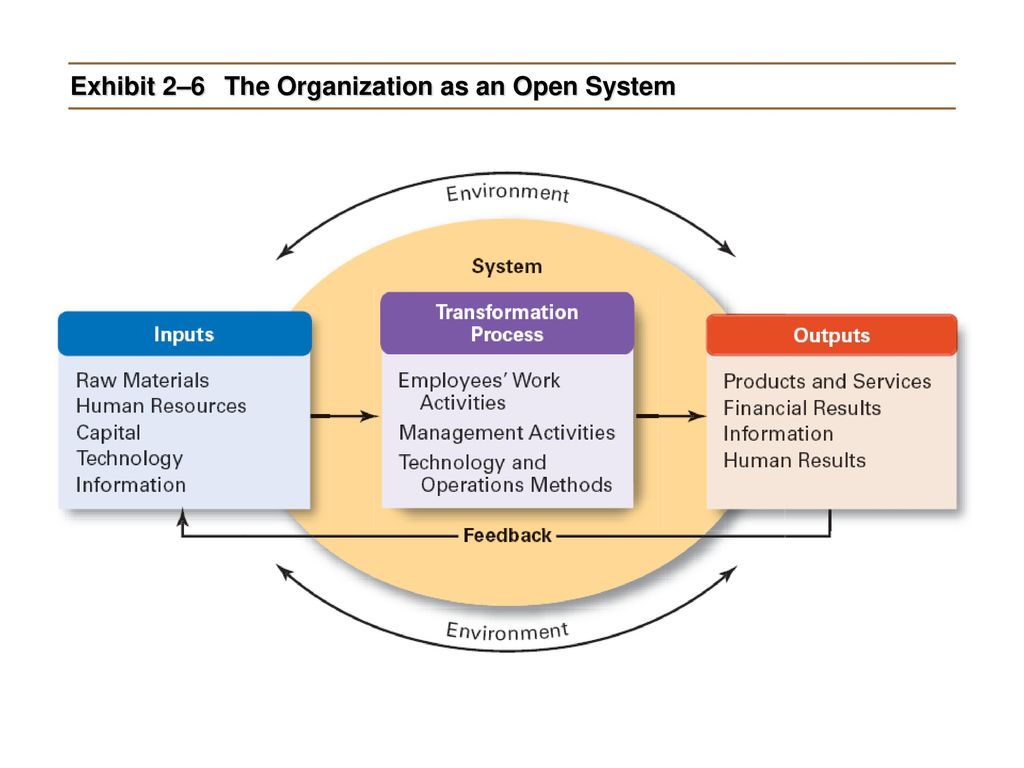Organization
Organizations are hard to see. We see outcroppings, such as a tall building, a computer workstation, or a friendly employee, but the whole organization is vague and abstract and may be scattered among several locations, even around the world.
What Is an Organization?
We know organizations are there because they touch us every day. Indeed, they are so common that we take them for granted.
- We hardly notice that we are born in a hospital,
- have our birth records registered in a government agency,
- are educated in schools and universities,
- are raised on food produced on corporate farms,
- use our phones to hail a ride,
- purchase clothes, or have groceries delivered,
- buy a house built by a construction company and sold by a real estate agency,
- borrow money from a bank,
- turn to police and fire departments when trouble erupts,
- use moving companies to change residences, and
- receive an array of benefits from various government agencies.
Most of us spend many of our waking hours working in an organization of one type or another.
The Definition
Organizations as diverse as a bank, a consumer products company, a ride-hailing service, a corporate farm, a social networking site, and a government agency have characteristics in common.
The definition used in this article to describe organizations is as follows:
- social entities that
- are goal-directed,
- are designed as deliberately structured and coordinated activity systems, and
- are linked to the external environment.
Organizations, therefore, are social entities that are goal-directed, designed as deliberately structured and coordinated activity systems, and are linked to the external environment.
An organization is a means to an end and it has to be designed to accomplish that end. It might be thought of as a tool or machine to get things done and achieve a specific purpose.
The purpose will vary, but the central aspect of an organization is the coordination of people and resources to collectively accomplish desired goals.
An organization is not a building or a set of policies and procedures; organizations are made up of people and their relationships with one another.
An organization exists when people interact with one another to perform essential functions that help attain goals.
Managers and owners deliberately structure organizational resources to achieve the organization’s purpose Opens in new window. However, even though work may be structured into separate departments Opens in new window or sets of activities, most organizations today are striving for greater horizontal coordination of work activities, often using teams of employees from different functional areas to work together on projects.
Boundaries between departments, as well as those between organizations, are becoming more flexible and diffuse as companies face the need to respond to changes in the external environment more rapidly. An organization cannot exist without interacting with customers, suppliers, competitors, and other elements of the external environment.
Some companies are even cooperating with their competitors, sharing information and technology to their mutual advantage.
Figure X-1 shows the organization as an open system:
- that obtains inputs from the external environment,
- adds value through a transformation process, and
- discharges products and services back to the environment.
 Figure X-1 The Organization as an Open System | Credit: Slideplayer Opens in new window
Figure X-1 The Organization as an Open System | Credit: Slideplayer Opens in new window
| Remember This! |
|---|
|
Featured contents in the series:
- What Is an Organization?Opens in new window
- Multinational vs Non-Profit OrganizationsOpens in new window
- Organization DesignOpens in new window
- Structural Dimensions of Organization DesignOpens in new window
- Contingent Factors of Organization DesignOpens in new window
- Performance Efficiency and Effectiveness OutcomesOpens in new window
- Organic versus Mechanistic DesignOpens in new window
- Organizational Design AlternativesOpens in new window
- Organizational EffectivenessOpens in new window
- How to Measure Organizational EffectivenessOpens in new window
- Research data for this work have been adapted from the manual:
- Organization Theory & Design By Richard L. Daft

